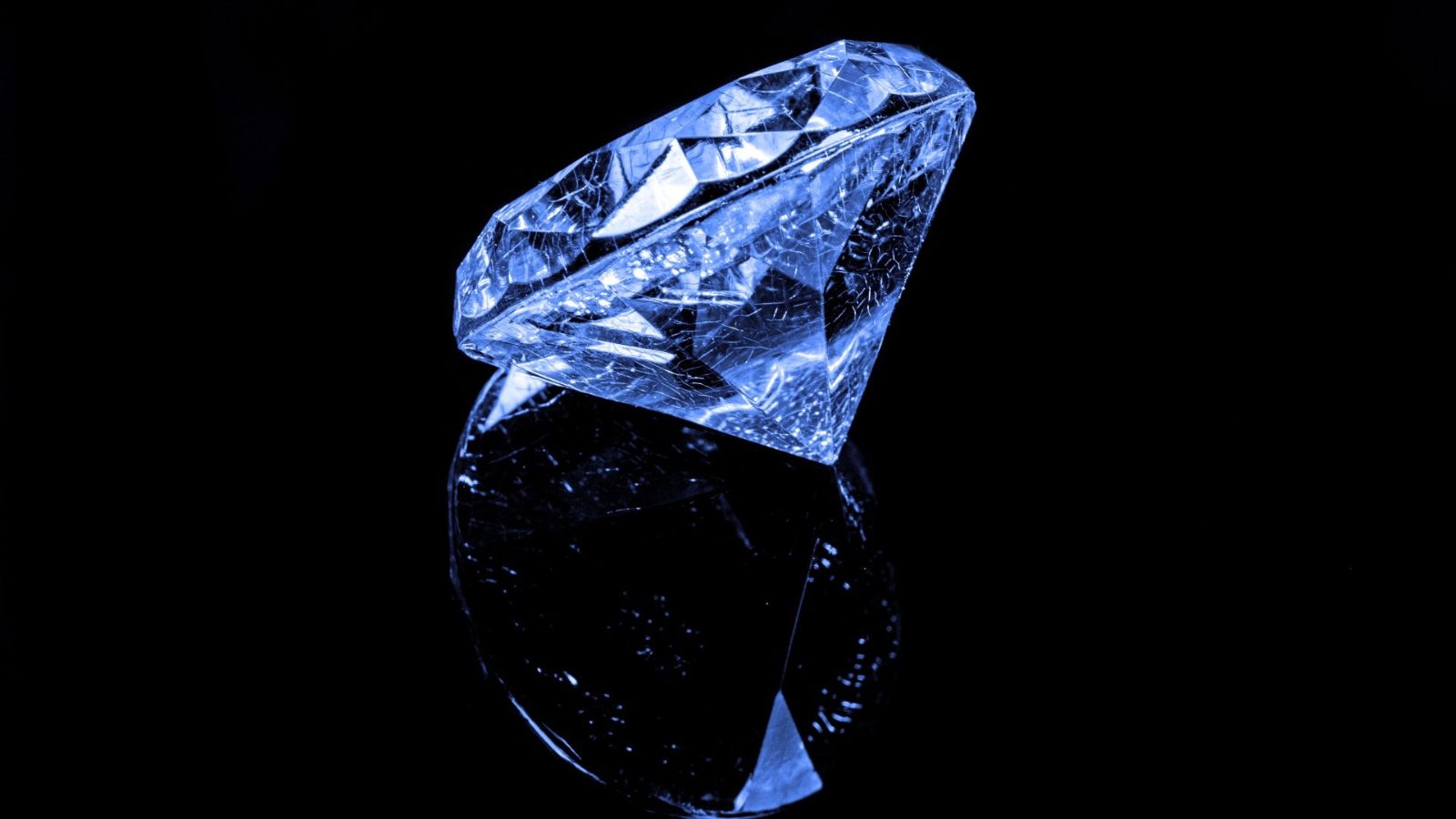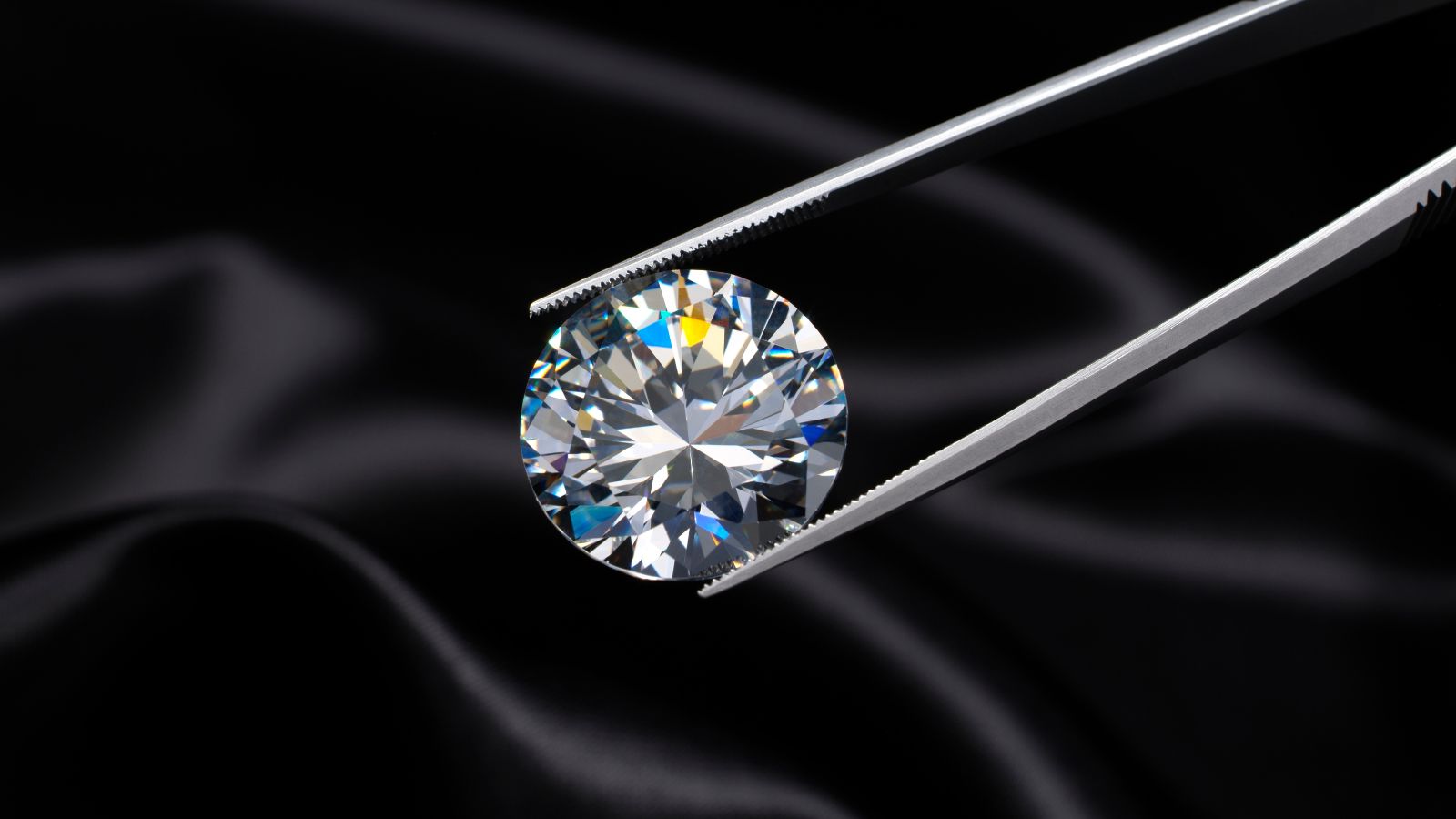Diamonds have long been considered a symbol of wealth, love, and timeless value. However, diamond prices are not immune to economic fluctuations like any other commodity. Inflation, interest rates, consumer demand, and broader economic trends play a significant role in determining the cost of diamonds in retail and resale markets. Understanding how these factors impact diamond prices can help buyers, sellers, and investors make informed decisions. The Relationship Between Inflation and Diamond Prices
Inflation affects nearly every aspect of the economy, from grocery prices to luxury goods like diamonds. When inflation rises, the purchasing power of money declines, meaning that consumers and businesses need to spend more to buy the same goods and services. While inflation often leads to higher prices for commodities such as gold and oil, the impact on diamonds is more complex.
In theory, inflation should drive up diamond prices because the cost of mining, cutting, and distributing diamonds increases. Many aspects of diamond production, including labor, transportation, and energy consumption, become more expensive when inflation rises. Jewelers and diamond dealers, in turn, pass these higher costs onto consumers. However, diamonds are not typically viewed as an inflation hedge, unlike gold. While gold is a widely recognized store of value during times of economic uncertainty, diamonds do not have the same standardized investment appeal.
Instead, diamond prices are influenced by how inflation affects consumer purchasing behavior. When inflation is high, disposable income decreases, reducing demand for luxury goods. People prioritize essential expenses such as housing, food, and fuel over discretionary spending on jewelry and diamonds. This decline in demand can offset the expected rise in prices caused by inflationary pressures. As a result, the effect of inflation on diamond prices is often mixed, with some segments of the diamond market experiencing price drops while others remain stable or even increase.

How Economic Trends Shape Diamond Demand
Beyond inflation, broader economic trends influence diamond pricing and demand. During economic booms, consumer confidence is high, and luxury spending rises. When the economy thrives, people are more willing to invest in expensive jewelry, engagement rings, and custom diamond pieces. Additionally, companies and collectors often view diamonds as a worthwhile purchase during periods of strong economic growth.
However, consumer spending declines when the economy slows down or enters a recession. High unemployment rates, reduced wages, and financial uncertainty discourage people from making large purchases, including diamonds. This demand reduction can lead to lower diamond prices, particularly in the retail and resale markets. Whether you are considering selling a diamond or investing in one, examining the relationship between inflation, economic shifts, and market demand is crucial.
Interest rates are among the most critical economic indicators affecting diamond prices. When central banks raise interest rates to combat inflation, borrowing becomes more expensive. This leads to reduced spending across many sectors, including luxury goods. Consumers may postpone major purchases, while businesses in the jewelry industry may face higher operating costs due to increased financing expenses. Conversely, consumers are more likely to spend when interest rates are low, supporting stronger demand for diamonds.
Currency fluctuations also play a role in shaping diamond prices. Since the global diamond trade is conducted in U.S. dollars, changes in currency values can impact diamond pricing in international markets. A stronger dollar makes diamonds more expensive for buyers using other currencies, potentially reducing demand in global markets. On the other hand, a weaker dollar can make diamonds more affordable for international buyers, driving up demand and prices.

The Impact Of Global Events And Market Speculation
In addition to inflation and general economic trends, global events and speculative market behavior influence diamond prices. Political instability, trade disputes, and supply chain disruptions can lead to volatility in diamond pricing. Events like mining restrictions, trade sanctions, or labor strikes in major diamond-producing countries can create supply shortages, driving up prices.
Similarly, consumer preferences and industry trends impact pricing. The rise of lab-grown diamonds has introduced a new dynamic into the market, offering an alternative to natural diamonds at a lower cost. While natural diamonds still hold significant value, the increasing popularity of synthetic diamonds has created competition, particularly in the engagement ring market. Consumers who previously sought natural diamonds may now opt for lab-grown alternatives, shifting demand and affecting resale values.
Market speculation also plays a role in diamond pricing. Investors and collectors sometimes buy diamonds for future price increases, particularly rare or high-carat stones. This speculative demand can temporarily drive up prices, but long-term pricing remains dependent on economic conditions and consumer behavior. Unlike gold, which has a more established investment market, diamonds lack a universal pricing standard, making their value more susceptible to shifts in demand.
Long-Term Outlook For Diamond Prices
Looking ahead, inflation, economic cycles, and market trends will continue to influence diamond prices. If inflation remains high, the costs associated with diamond production, mining, and distribution will likely rise. However, the impact on consumer demand will determine whether these costs translate into higher retail prices or reduced overall demand.
In the long term, rare, well-cut diamonds certified by reputable organizations like GIA will continue to hold value. High-carat diamonds, fancy-colored stones, and investment-grade diamonds are less affected by short-term economic fluctuations because they appeal to collectors and investors who view them as long-term assets.
For those considering selling a diamond, keeping an eye on economic conditions is essential. If inflation stabilizes and consumer confidence improves, diamond prices may rise, making it a more favorable time to sell. However, if economic uncertainty persists, demand could weaken, leading to lower buyer offers.
Ultimately, diamonds remain a unique asset with both emotional and financial value. Whether buying or selling, understanding how inflation and economic trends impact diamond prices will help you make well-informed decisions in a constantly evolving market.